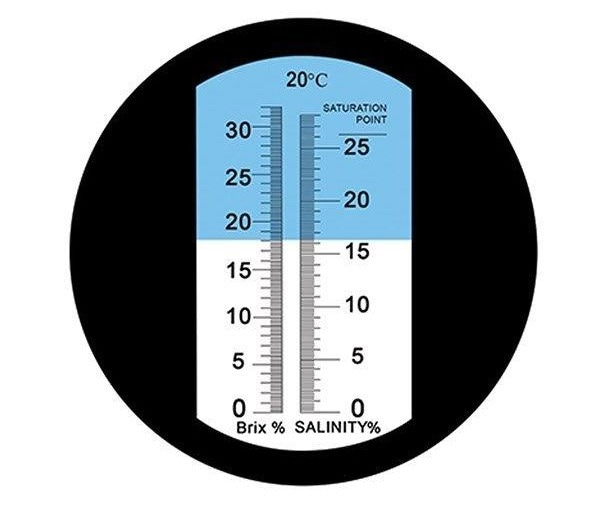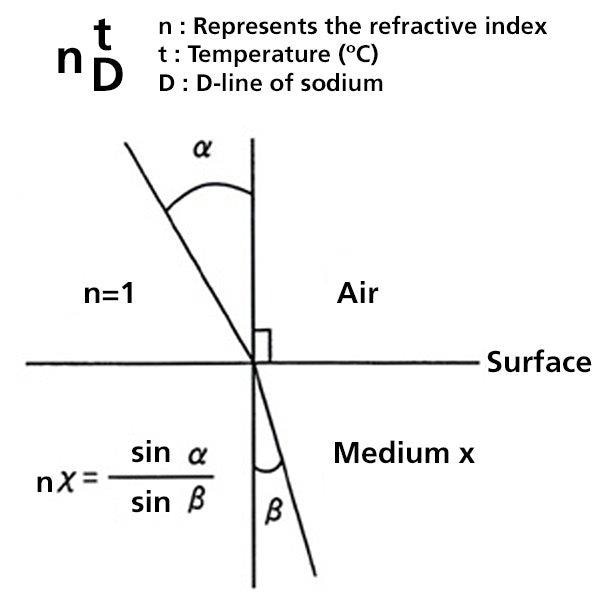The Brix scale, derived from the refractive index of a solution at 20 degrees Celsius (68 Fahrenheit), is widely known. Originally, it was established by determining the weight percentage of sucrose dissolved in a solution of sucrose and water. To illustrate, creating a solution with 10 g of sucrose in 90 g of water results in a 10% Brix solution.
Since the 19th century, this straightforward scale has been employed to swiftly and accurately assess the concentration of various liquids. Brix has also been foundational in establishing and utilizing standardized scales in pharmaceuticals, cosmetics, automotive, and R&D industries.
A prevalent application of Brix is in determining the dissolved solids (sugar levels) in fresh produce. A direct connection exists between a plant’s Brix value and its taste, nutritional density, and overall quality.
Brix also finds widespread use in the processing of food and beverages. Even a slight alteration in Brix can significantly impact batches, necessitating high-precision refractometers in Quality Control labs to ensure consistent product quality.

Image Credit: Paul N. Gardner Company, Inc.
The Brix scale has found application in various industries. Machining shops commonly employ Brix refractometers to assess the concentration of cutting oils and lubricants. Similarly, fire departments utilize Brix to verify the concentration of fire-fighting foam.
A refractometer can serve diverse purposes across a farm, winery, condiment maker, fire department, and machine shop.
It is important to note that the Brix measurement of a liquid is temperature-sensitive. A cold sample yields a higher Brix measurement than the same sample at room temperature, while a hot sample results in a lower Brix reading.
For consistent readings, it is advisable to use a refractometer with Automatic Temperature Compensation (ATC). ATC automatically adjusts the reading based on temperature, displaying the Brix as it would be at 20 Celsius.
In the absence of ATC, samples and measurements should be at room temperature (a temperature conversion table should be used in conjunction with non-ATC refractometers).
What is the Refractive Index?
When light transitions from air, assumed to have a refractive index of 1 under atmospheric pressure, to medium x, the ratio of the sine of the incident angle α at the interface to the sine of the refractive angle ß defines the refractive index of the medium.
This index is subject to change due to variations in temperature and the wavelength of light. The expression is as follows:
For instance, the refractive index of water at 20 °C for the D line is denoted as n20/D = 1.33299 (typically expressed as nD = 1.33299).
Note: While the refractive index measured by setting the refractive index of a vacuum to 1 is termed the absolute refractive index, it is generally infrequently used.

Image Credit: Paul N. Gardner Company, Inc.

This information has been sourced, reviewed and adapted from materials provided by Paul N. Gardner Company, Inc.
For more information on this source, please visit Paul N. Gardner Company, Inc.